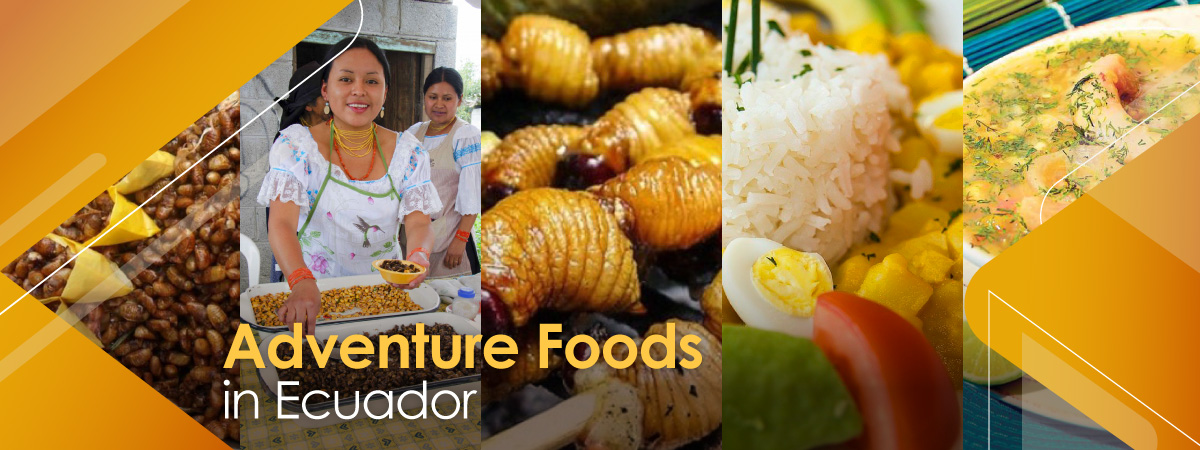
Adventure Foods in Ecuador
Want to brag about your sophisticated palate? You’ve seen nothing until you’ve visited Ecuador. Travelling through its 3 regions can easily translate into a crash-course for developing a TRULY versatile food repertoire: from bull’s genitals soup in the coastal region, to cow’s stomach stew in the highlands, buttery fried caterpillars in the Amazon, and more!
Catzo (fried beetle):
Catzos are small, fragile beetles that emerge from the earth heralding the arrival of the rainy season in the Ecuadorian highlands. They come in brown, emerald green, and white colors. The latter is common in the Otavalo region, where entire families walk into the pastures at sunrise to “harvest” the insects. They remove the wings, legs, and carcass and fry them on the insects’ own grease, spicing up with onion and salt. Besides the crunchy, salty taste, Catzos are a rich source of protein and vital nutrients. Find them at Otavalo’s 24 de Mayo market.
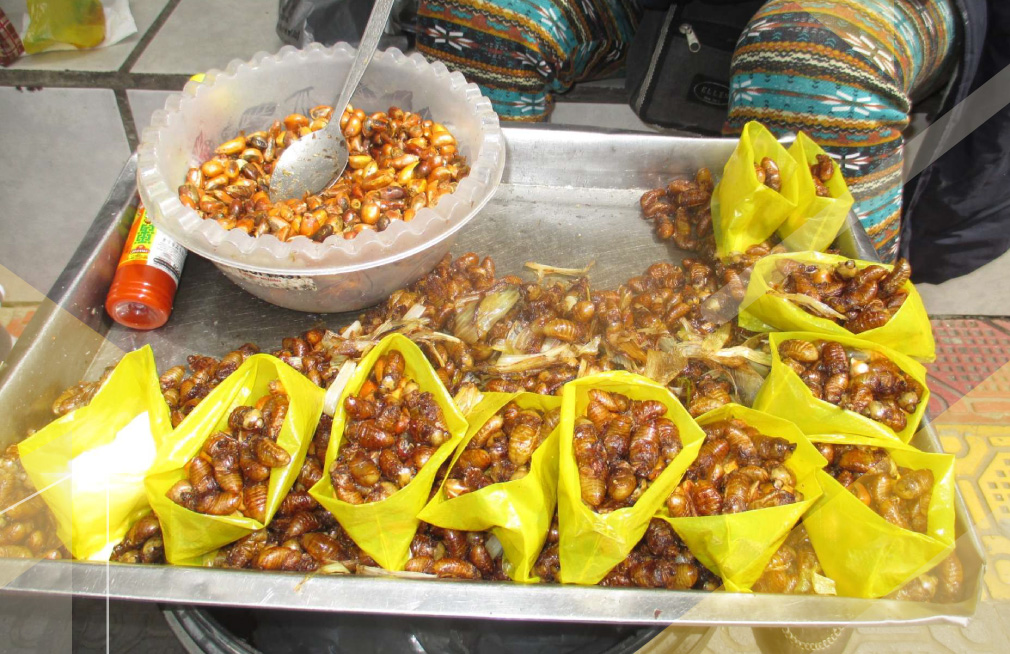
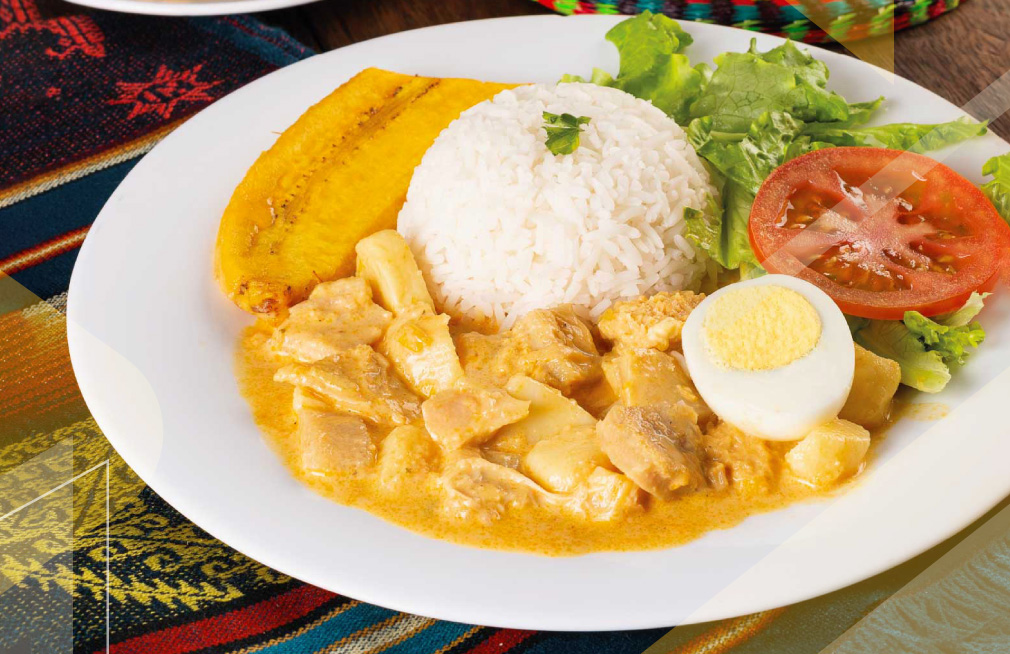
Guatita (cow’s stomach):
The most widespread dish on this list. An adventure food that first appeared on street food carts, and now has been adopted by fine-dining restaurants. It is cow tripe, slowly cooked with garlic, cilantro, and cumin, and covered with a sauce made from butter, achiote, vegetables, and peanut butter! (the original-unsweetened one). Some love it, some hate it. What is not under discussion, is its status as the golden cure for hangovers. Likely the most common breakfast for party-hard Ecuadorians on Saturday and Sunday mornings. Try it at virtually any popular eatery in Quito or Guayaquil, or order it on UberEats.
Caldo de tronquito (bull’s genitals soup):
Another location that provides excellent Galapagos snorkelling is located on the western side of Fernandina Island. What makes this place so special is the Cromwell Current that essentially hits the Bolívar Channel from the sea bottom up, releasing phytoplankton that travels all the way to the surface of the ocean. This plankton enables the creation of a food chain that attracts from smaller marine life to bigger species such as; dolphins, rays, hammerhead sharks, and sometimes even whale sharks and orcas (seasonally). Snorkelling at Espinoza Point you can encounter marine iguanas (who live there in large numbers), huge sunfish, sea turtles, manta rays, Galapagos penguins, and the endangered Flightless Cormorant.
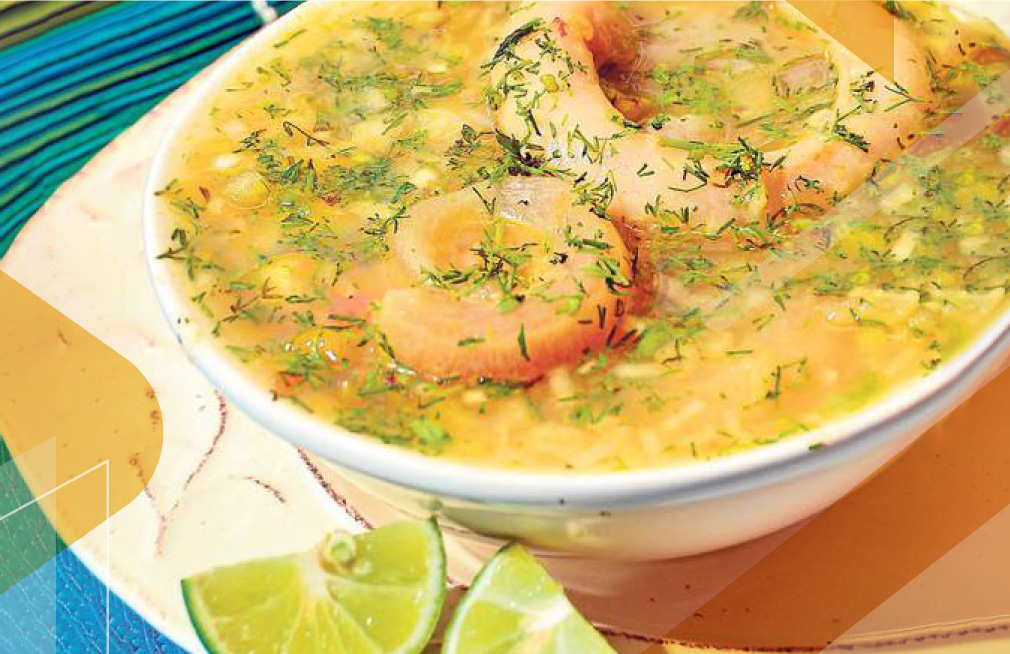
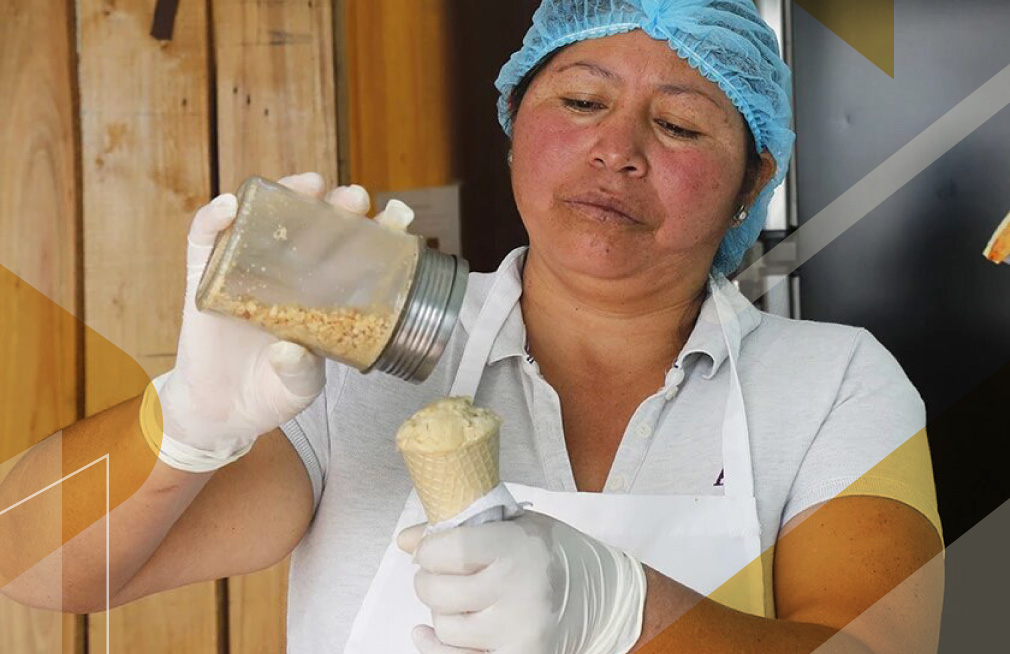
Guinea Pig ice cream
The guinea pig has been an important part of the Andean peoples’ diet for millennia. The ubiquity of this rodent in the region, plus the safety and soft taste of its meat, has ensured its endurance as a gastronomic standard. It is normally cooked with salt and covered by peanut sauce. But Ecuadorians are noted for entrepreneurship and disregard for the status quo, and Maria del Carmen Pilapana is not the exception. This woman from Sangolqui, a colourful picturesque commercial town in the outskirts of Quito, tested for 6 months how to concentrate the flavour of guinea pig in refreshing ice cream. The result was better than expected. You can find this original delicacy at Avenida General Rumiñahui (The highway from Quito to Sangolqui), between bridges 5 and 6.
Chontacuro (beetle caterpillar):
We’ve saved the best for last. You’ve probably tried Heart of Palm, a delicious mellow vegetable harvested from the inner core of certain palm trees like the Palmetto, usually sold canned. In the Ecuadorian Amazon, the palm tree is called Chonta. Locals chop down the tree, collect the Heart of Palm, and leave the rest on the ground, to be occupied by the weevil beetle. It deposits its eggs there, which become larvae and feed on the palm’s wood. After 2 months, the now fat caterpillar is collected and ready to be prepared! It can be wrapped in plantain leaves and grilled, or fried on its own grease. It is served with fried yucca, plantains, and lemon. Chontacuro has a buttery, slightly citric taste, and it is said to aid in respiratory illnesses. You certainly cannot miss its deliciousness when you visit the Amazon region.
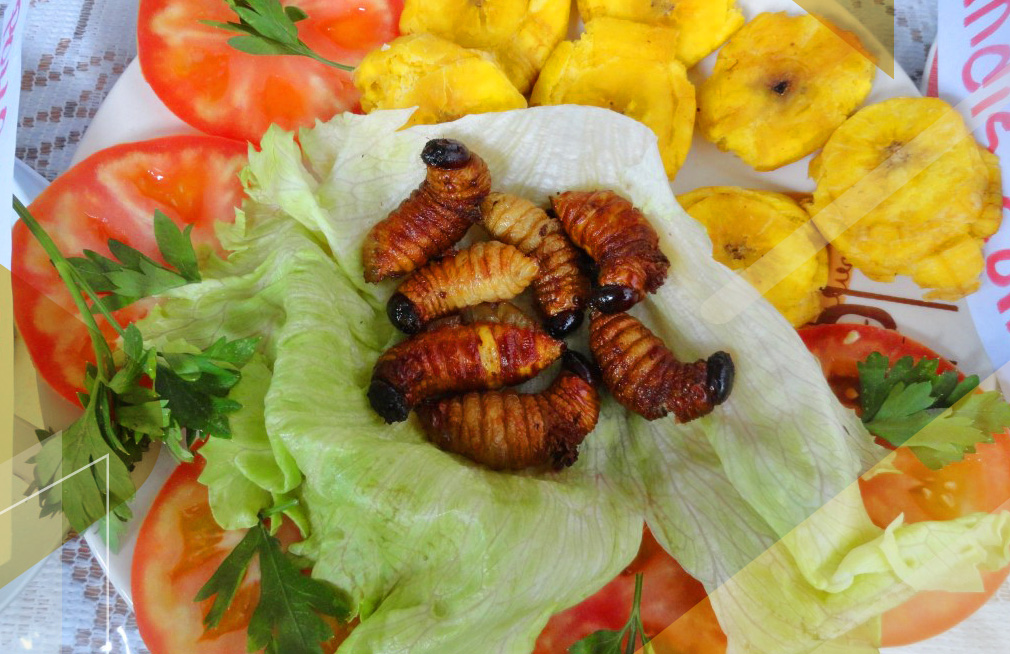
Creating this post for you has certainly made us feel hungry, so now we´re off to discover more extravagant delicacies for your clients to try on their upcoming visit to Ecuador!
Read also:
